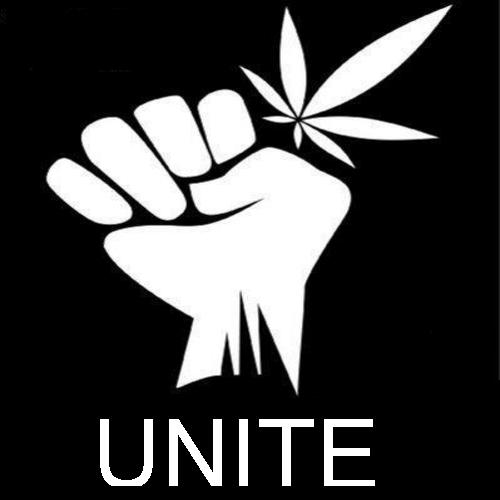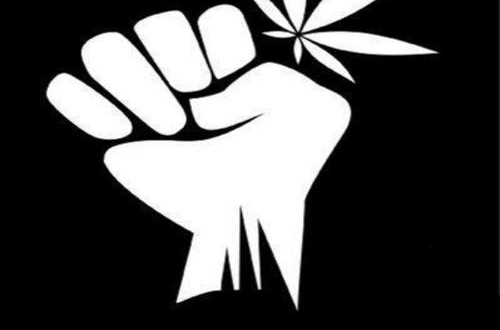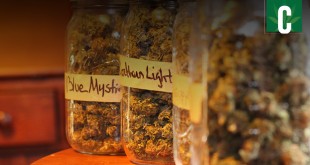Legal weed is a dead issue for now in California. Voters won’t get a chance to decide it until at least 2016.
In the meantime, a splintered community of marijuana proponents will have two years to come together, pool their resources, and present voters with a legalization proposal that has a chance of passing. The question remains: Can they do it?
This year’s display of disunity reminded many in and outside of the cannabis industry just how fractured it has become. There were four separate attempts to legalize in 2014, all of them different, all of them designed to appease different groups.
Two of the proposals were designed primarily to make the industry happy. The so-called Jack Herer initiative, for example, would have allowed possession of up to 12 pounds of weed a year, as well as cultivation of up to 99 plants per year.
The initiative is introduced in essentially the same form during every election and stands little chance of becoming law. But it serves as a distraction for cannabis advocates, some of who become carried away at the idea of unregulated marijuana.
Another proposal, the Marijuana Control, Legalization and Revenue Act, would have left possession limits, and most other regulations, to a board staffed mostly by people friendly to the industry. Residents would have been allowed to grow up to 12 plants, with six flowering at any given time.
Both these initiatives, which tilted heavily toward the marijuana industry, fell apart in the last hour. Backers of the Jack Herer proposal failed to collect anywhere near the 500,000 voter signatures needed to put it on the ballot, while the MCLRA also fell short despite announcing a last-minute infusion of several million dollars.
On the other side of the coin, there was a conservative initiative pushed by the Drug Policy Alliance. It would have capped possession at 1 ounce and cultivation at four plants.
That effort was initially given the best odds, since it the group historically has had strong ties to deep pockets. But one of its key benefactors, billionaire philanthropist Peter Lewis, died last year, and funding for legalization in 2014 dried up. The Drug Policy Alliance pulled its initiative earlier this year.
There was a fourth proposal, filed by longtime pot activist Ed Rosenthal. That initiative fell somewhere in the middle, with a possession limit of up to 3 ounces. Outdoor grows would have been limited to 100 square feet, while indoor grows would have been limited to 2,600 watts of electricity.
Rosenthal’s initiative never had much hope of securing funding, and never really got off the ground.
Now the question is, can these disparate forces come together in 2016, or will they continue a recent tradition of division? The community has been at odds with itself ever since voters defeated legalization at the polls in 2010.
or will they continue a recent tradition of division? The community has been at odds with itself ever since voters defeated legalization at the polls in 2010.
Several big players have been waiting quietly for 2014 to fizzle so they could start preparing for 2016. They include the ACLU and California Lt. Gov. Gavin Newsom, who have begun early planning for a new push two years from now.
If history is any guide, industry insiders will have a hard time mending fences with advocates who support the cause but not necessarily the drug. But legalization is likely to draw young voters to the polls in large numbers. If a proposal– any proposal – gets on the ballot in 2016, those who support legal weed may have no choice but to unite.
 California Marijuana Market Breaking "Marijuana News" from CA
California Marijuana Market Breaking "Marijuana News" from CA





